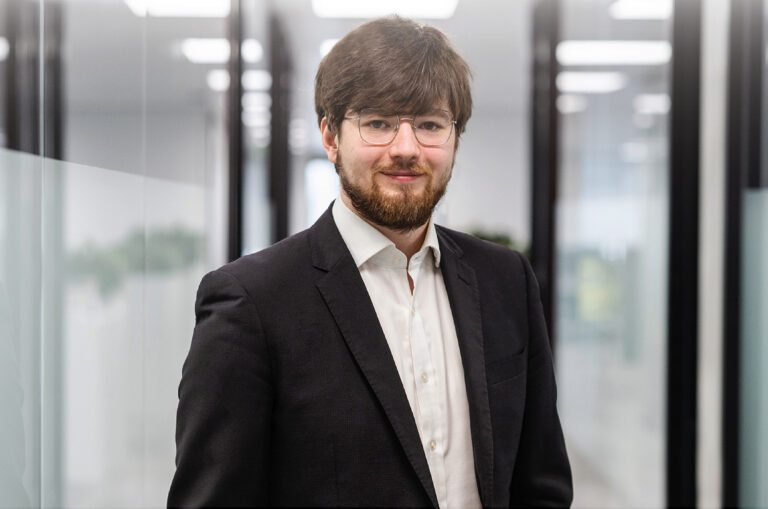

An updated version of the European Patent Office’s guidelines came into force on April 1st 2025. There are some interesting changes related to AI which may affect the choices made when drafting or prosecuting Artificial Intelligence (AI) and Machine Learning (ML) related patent applications.
Firstly, the guidelines on the patentability of artificial intelligence and machine learning (G-II, 3.3.1) have been expanded. While the guidance has not fundamentally changed, it now contains further emphasis that if a claim to an invention related to AI or ML is directed either to a method involving the use of technical means (e.g. a computer) or to a device, its subject-matter has technical character as a whole and is thus not excluded from patentability under Art. 52(2) or (3). In such cases, the computational models and algorithms themselves contribute to the technical character of the invention if they contribute to a technical solution to a technical problem, for example by being applied in a field of technology and/or by being adapted to a specific technical implementation. Therefore, any patent applications for inventions related to AI and ML should include the disclosure of a technical means (e.g. a computer used to run the AI or ML algorithm) and should outline how the AI or ML algorithm contributes to the technical character (e.g. their application to a field of technology or how they are adapted to a specific technical implementation).
It will be crucial for the invention to also be sufficiently disclosed. In another update to the Guidelines (F-III, 3), it has been clarified that the application must contain sufficient details about the mathematical methods and training data sets for the skilled person to be able to reproduce the technical effect of the invention without undue burden using common general knowledge over the whole scope of the claim. Therefore, when drafting a patent application, it will be important that not only the AI or ML algorithm be described, but the if the invention includes training a ML model, the application must also contain sufficient details about how one may be trained.
Overall, these updates do not present any grand departure from current practice. However, the increased emphasis makes it all the more important to fully consider the requirements for technicality when drafting patent applications for inventions involving the use of AI and ML for prosecution at the European Patent Office.
Additionally, it appears AI tools may have failed to pass the European Patent Office’s particular Turing test! The guidelines (General Part 5) now explicitly state the use of an artificial intelligence (AI) tool to prepare a document does not absolve parties or their representatives of responsibility over the content of patent applications and submissions. This is a welcome clarification which firmly puts AI tools in the role of assisting in the preparation of documents, and aligns with the epi Guidelines: Use of Generative AI in the Work of Patent Attorneys. Therefore, it will be important that where AI tools are used there remains a suitable (human) individual with ultimate responsibility.
Meet our AI team here.